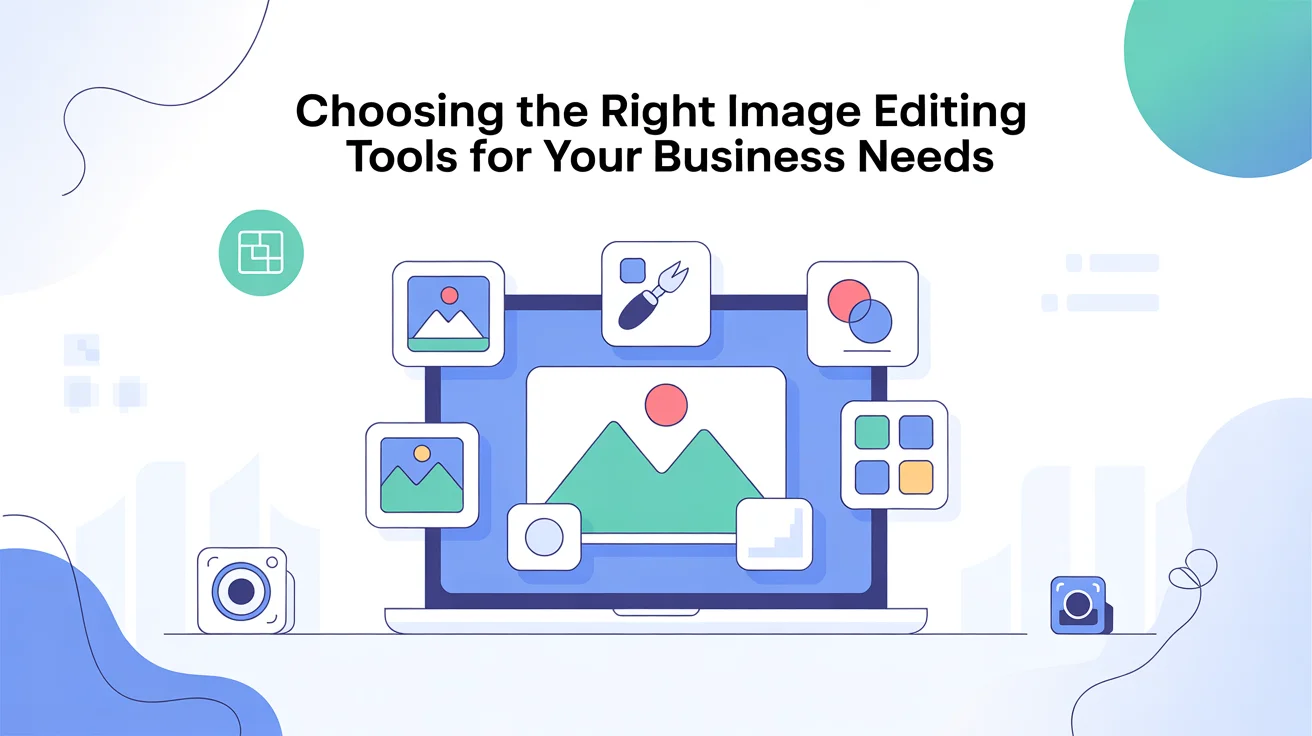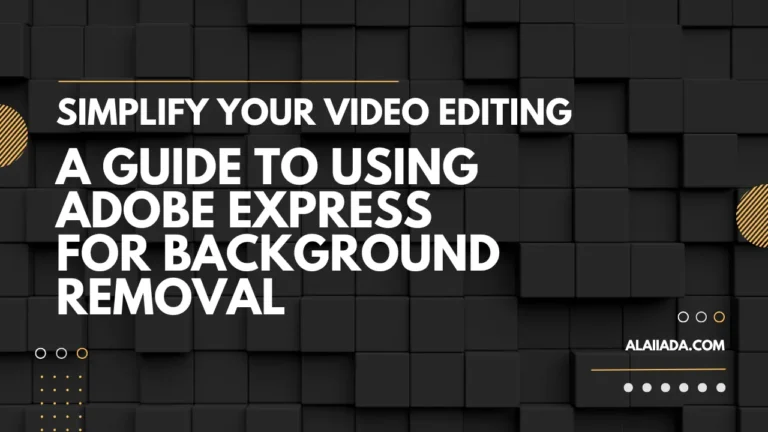Choosing the Right Image Editing Tools for Your Business Needs

Images help businesses grab attention, share stories, and build trust. The right editing tools make photos brighter and more appealing. Many tools exist, but how do you choose the best?
Some tools focus on speed, while others offer detailed controls. Small businesses often want easy tools that save time. Larger teams may need advanced features for consistent branding.
Picking the wrong tool can waste both time and money. Which editing features matter most to your work? Let’s explore options that match your business needs and keep things simple.
Understand Your Editing Goals Before Picking Any Tool
Every business uses images differently. Some need bright product photos, while others focus on polished marketing visuals. Defining your goals before choosing a tool saves time and avoids paying for unnecessary features.
For example:
- A bakery may need tools for clear food photography.
- A clothing store may prioritize background removal and clean product shots.
Write down the types of edits you need most (cropping, filters, color correction, etc.) and use that list to compare tools effectively.
Look for Tools With Simple and User-Friendly Interfaces
Ease of use is crucial. A good photo editor should be intuitive, with simple menus and clear icons. Complex interfaces slow down beginners and reduce productivity.
Look for features like:
- Drag-and-drop functionality
- Guided editing steps
- Quick shortcuts for common tasks
An intuitive tool saves time and allows staff to focus on creativity rather than troubleshooting software.
Compare Key Editing Features for Business Needs
Not all image editors offer the same tools for work. Some focus on filters, while others excel at resizing or cropping. Businesses often need reliable color adjustments, text placement, and shape tools.
Features like background removal, quick templates, or stickers can boost productivity. If you sell products online, a bg remover is valuable for clear and neat photos.
Compare tools side by side to see which offers the right features. Avoid paying for extras you do not need. The best tool supports daily needs effectively.
Check Speed and Performance in Daily Use
A slow editor reduces productivity. When dealing with large image files, performance matters.
Test:
- How fast the tool applies edits like cropping or color adjustments
- Whether it runs smoothly on your computer or mobile device
- If online editors save work quickly and without errors
Fast, reliable performance helps businesses manage big projects and bulk edits efficiently.
Consider Cost and Value for Your Budget
Cost is always a factor when selecting an image editing tool.
- Free editors may lack advanced features.
- Paid plans often include customer support and extra services.
- Small businesses should avoid overspending on features they don’t need.
Compare monthly vs. yearly pricing, and check for team license discounts if multiple users will access the software. Focus on value for money rather than just the lowest price.
Ensure Collaboration and Sharing Features
For teams, collaboration features are essential. Look for:
- Cloud storage
- File sharing and group folders
- Commenting or notes directly on images
These functions improve teamwork, reduce miscommunication, and speed up client approvals.
Check Multi-Device Compatibility
Businesses often edit images across devices — desktops, laptops, tablets, or smartphones.
Choose tools that:
- Work seamlessly across platforms
- Sync files automatically
- Adjust well to different screen sizes
Cross-device compatibility keeps workflows smooth and teams productive.
Read Reviews and Test Free Trials
Reviews help you understand what other users think of a tool. Look for feedback about speed, customer support, and ease of use. Read both positive and negative comments to get a balanced view.
Free trials allow you to test tools without risk. Try uploading, editing, and saving different image types during the trial. See how well the tool fits your workflow and needs.
Testing prevents surprises after purchase and builds confidence in your choice. Always use reviews and trials to guide your final decision.
Prioritize Security and Safe Storage
Businesses often handle images that show products, branding, or customer details. Protecting these files is important to keep trust and avoid problems. Choose editing tools that use secure storage and data encryption.
Cloud services should have strong passwords and privacy policies. Look for platforms that back up files automatically to prevent loss. Safe storage helps your team focus on creativity without worry.
Security also protects your brand’s reputation from risks. Prioritizing safety ensures valuable images remain private and available whenever needed for projects.
Final Thoughts: How to Choose the Best Image Editing Tool for Business
Choosing the right image editing software for business saves time, reduces costs, and improves visual quality. Always consider your goals, budget, performance, teamwork needs, and security before making a choice.
Testing tools with free trials ensures you invest in the right solution. With the right editor, businesses can create clear, professional images that connect with customers and strengthen branding.











